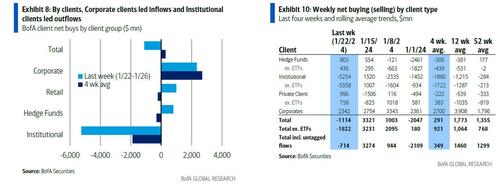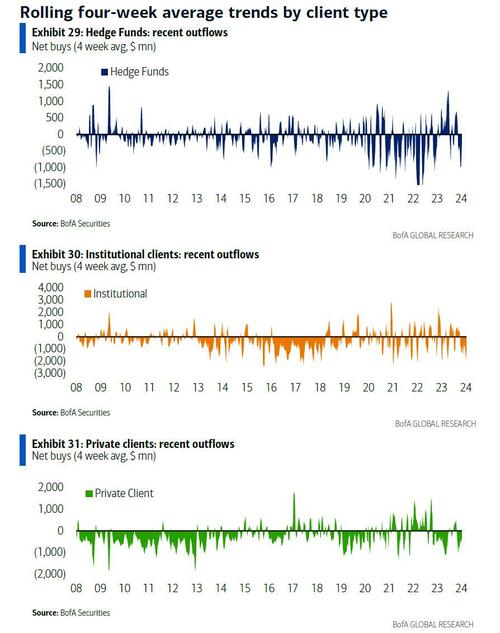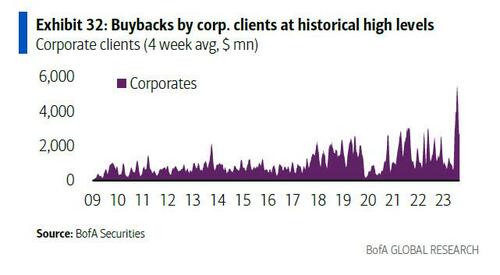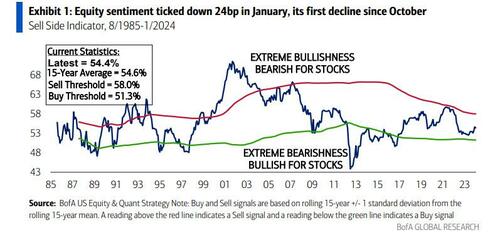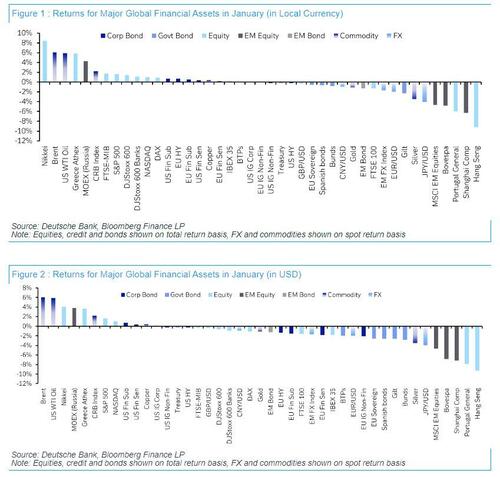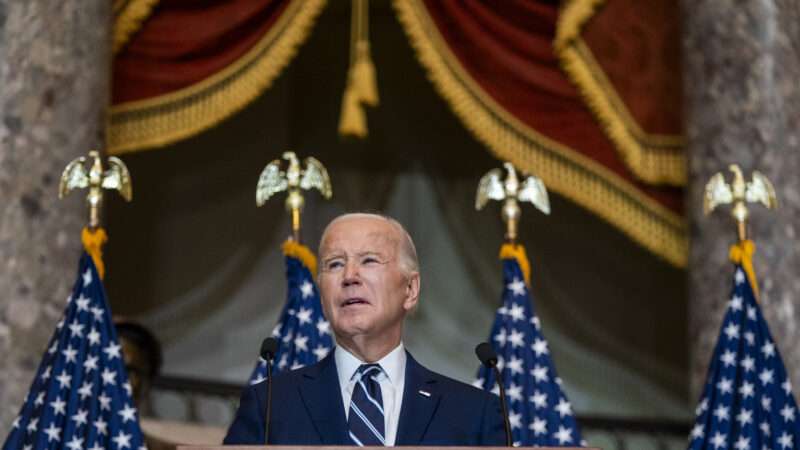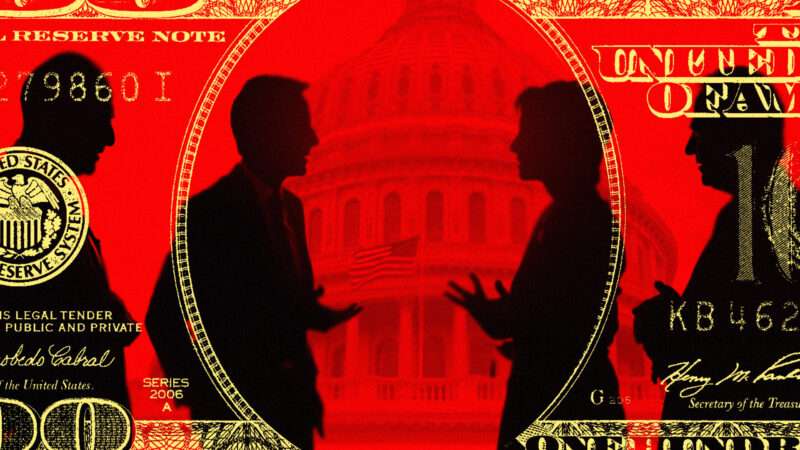Biden’s Clueless Energy Policies May Cost Him Reelection
Authored by Louis Navellier via The Epoch Times,
The recent Arctic blast was great for natural gas demand, but last Friday it shocked me that the Biden administration halted approval for new licenses to export liquified natural gas (LNG) due to concerns about climate change and national security. Specifically, President Joe Biden said, “We will take a hard look at the impacts of LNG exports on energy costs, America’s energy security, and our environment. This pause on new LNG approvals sees the climate crisis for what it is: the existential threat of our time.”
Ironically, environmental advocates urgently want developing nations to stop using coal and are urging Europe to power its economy without using Russian natural gas.
So far, so good: this opens up huge markets for U.S. LNG.
But these same environmentalists refuse to build the infrastructure required to ship LNG. That ensures our natural gas will be wasted (burned off) for generations to come.
I can only say that “it’s hard to fix stupid.” Stopping the expansion of LNG exports will just result in wasting our natural gas. In my opinion, some zealots in the Biden administration are so stupid they need to be put out to pasture.
Prohibiting LNG exports will just result in more coal burning, which is booming globally, since coal is cheap and popular in China, Eastern Europe, India, Indonesia, and many other emerging economies. There is a glut of natural gas in the United States since much of it is a byproduct of crude oil production. Since we have more natural gas than we can use in the United States, it is just going to be wasted (flared) if we do not export it.
Mike Sommers, president of the American Petroleum Institute (API), the oil-and-gas industry’s biggest lobby, denounced the decision by Biden administration, saying that it benefits Russia and is a broken promise to our allies, adding, “It’s time for the administration to stop playing politics with global energy security.” In addition, Neil Chatterjee, a former chairman of the Federal Energy Regulatory Commission (FERC), appointed by then-President Donald Trump, said that LNG projects support jobs not only in Republican states like Texas and Louisiana, where most terminals are, but also in swing states such as Ohio and Pennsylvania, which produce a significant proportion of U.S. natural gas. In other words, President Biden just lost Ohio and Pennsylvania, which are two key swing states in the upcoming presidential election.
The Energy Information Administration (EIA) reported that U.S. crude oil inventories have declined in recent weeks and are now at 430 million barrels, or 4 percent below a year ago. The API reported last week that crude oil inventories declined by 6.7 million barrels in the latest week. However, the API also reported that gasoline inventories surged by 7.2 million barrels in the latest week, and many Americans stayed off the roads during the recent Arctic blast, so the prices at the pump are expected to remain low until demand picks up in the spring. So far, crude oil prices have risen more than 10 percent since Jan. 8 owing to low inventories, the disruption to shipping in the Red Sea, and evidence that crude oil demand could rise from any Chinese economic stimulus as well as U.S. economic growth.
The expansion of the war in the Middle East has also helped boost crude oil prices, with Iranian proxies effectively closing shipping in the Red Sea. Furthermore, U.S. troops are now effectively “piñatas,” being hit with relentless attacks. Several troops recently suffered “traumatic brain injuries” from missile attacks at the Ain al-Asad air base in Iraq. U.S. and British naval attacks on Houthi rebels in Yemen persist, and eight new targets were hit last Monday in a major assault. In addition, the United States attacked Iran proxies in Iraq after the Ain al-Asad air base attack. The latest escalation was an oil tanker, the Marlin Luanda, hit Friday by a Houthi missile in the Gulf of Aden. The fire wasn’t extinguished until Saturday. Ironically, the Marlin Luanda was carrying Russian naphtha, a product used to make plastics and gasoline.
Due to chaos in the Middle East and disrupted shipping lanes, crude oil shipments and production could be disrupted in upcoming months. Do not be surprised if crude oil prices hit $80 during the next flareup in the Middle East. After Ukraine bombed Russia’s natural gas pipeline and the Trans-Siberian Railway, there is rising concern that Russia’s crude oil pipeline could be bombed, which could also send crude oil prices soaring. Ukraine’s latest major attack was a drone attack on a chemical transport facility in the Ust-Luga port last week, about 100 miles southwest of St. Petersburg. This port is a crucial location for Russia’s energy infrastructure. It is operated by Novatek, Russia’s second-largest natural gas producer.
Meanwhile, the Chinese are taking over the electric vehicle (EV) market, as the price wars have expanded to Europe and Tesla has temporarily closed its Berlin plant due to the Rea Sea supply disruptions. Frankly, Tesla needs to make a cheaper city-oriented EV for China, and Europe needs to get its “mojo” back and capture market share from Chinese EV maker BYD. Tesla has a new, lower-cost EV in the works with a code name of “Redwood” that would use “revolutionary manufacturing technology.” It is supposed to be introduced in mid-2025.
The other interesting EV-related news is that Apple will be introducing its EV in 2028 with level 2 driver assistance. Clearly, Apple’s attempts at autonomous driving via “Project Titan” has fallen short of its ambitious expectations, but when Apple introduces any product, it strives to be reliable and problem-free, so I suspect its EV will be a hit and will capture some market share from Tesla and other EV carmakers.
The recent Arctic blast has revealed several problems with EVs: Bitter cold can cut the range of EVs, and cold weather also closed down many charging stations. The EV glut continues to grow at car dealerships. Ford announced that it will continue to slash its production of the F-150 Lightning due to weak demand. Effective April 1, F-150 Lightning production will be reduced to just one shift, so 1,400 employees from the second shift will be reassigned to other shifts at other assembly plants. Meanwhile, Ford is increasing its Bronco and Ranger pickup production, as the demand for internal combustion vehicles remains strong.
The Wall Street Journal last week had an article about how BYD, which passed Tesla as the largest EV manufacturer, is moving upscale to take more market share away from Tesla. Specifically, BYD introduced an upscale brand of EVs, Yangwang, to make more luxurious and exciting EVs, including one model that looks like a Lamborghini(!) The truth of the matter is that EVs can be a bit boring, so great style and design are important to boost sales. Personally, I find Tesla’s Cybertruck a bit hilarious. Elon Musk said that the Cybertruck is designed for the “Zombie Apocalypse!” After the Cybertruck launch, there have been a lot of comparisons with other electric pickups, and the Ford F-150 Lightning has fared well. However, good media reviews are not enough to boost sales. Interestingly, Ford and Toyota hybrids are outselling their respective EVs, so it appears that EV range anxiety persists, especially in the truck world.
I still hold high expectations for energy and refining stocks that are poised to surge as seasonal crude oil demand picks up in the spring. Since seven of eight people (87 percent) live in the Northern Hemisphere—seven billion versus one billion in the Southern Hemisphere—crude oil demand naturally rises as the weather improves.
Tyler Durden
Thu, 02/01/2024 – 15:25
via ZeroHedge News https://ift.tt/2t9IxSE Tyler Durden



